Edvard Munch 1863-1944
vendredi 1 décembre 2023
Edvard Munch - Jeunes filles sur la plage
mardi 21 novembre 2023
France Culture - Pourquoi tant de nus dans l'art
Bibliographie :
- Claire Maingon, L’œil en rut – Art et érotisme en France au XIXe siècle, éd. Norma, 2019
- Claire Maingon, Quand le patrimoine se met à nu, Paris, éd. Beaux-arts
- Claire Maingon, Les scandales érotiques de l’art, Paris, Beaux-arts éditions, 2016
- Nadeije Laneyrie-Dagen, L’Invention du corps, Flammarion, 2006
- Nadeije Laneyrie-Dagen, La Représentation de l'homme du Moyen-Âge à la fin du XIXe siècle, Galimard, 1997
- Régis Michel, Catalogue de l'exposition, Posséder et détruire : Stratégies sexuelles dans l’art d’Occident, RMN, 200
- Elisabeth Leibovici, L'Intime , direction d'ouvrage, éditions de l' École nationale supérieure des beaux-arts, 1998
- Elisabeth Leibovici, Femmes artistes/Artistes femmes : Paris, de 1880 à nos jours avec Catherine Gonnard, éditions Hazan, 2007
- Nienke Bakker, Isolde Pludermacher, Marie Robert, Catalogue de l'exposition, Splendeurs et misères. Images de la prostitution, 1850-1910, Flammarion, 2016
- Anne lafont, L’Art et la Race. L’Africain (tout) contre l’œil des Lumières, Les Presses du réel, 2019
- Collectif, Catalogue exposition, Le modèle noir, Le modèle noir De Géricault à Matisse, Coédition Flammarion / Musée d'Orsay et de l'Orangerie
- Clovis maillet, Les Genres fluides, Paris, Arkhé, 2020
- Claudine Cohen, La femme des origines : images de la femme dans la préhistoire occidentale, Paris, Belin Herscher, 2003 ; rééd. 2006
- Gil Bartholeyns, Pierre-Olivier Dittmar, Vincent Jolivet, Image et transgression au Moyen Âges, PUF (coll. Lignes d’art), 2008, 195 p. (Traduction italienne : Immagine e trasgressione nel Medioevo, Roma, Edizioni Arkeios, 2015
jeudi 26 octobre 2023
jeudi 19 octobre 2023
vendredi 29 septembre 2023
jeudi 21 septembre 2023
Max Ernst - oeuvres années 1920
Max Ernst 1891-1976 (85 ans)
mercredi 30 août 2023
Frederic Leighton - Flaming June
lundi 7 août 2023
Gainsborough et sa famille
Thomas Gainsborough 1727-1788 (61 ans )
Thomas Gainsborough - The painter's daughters with a cat
Thomas Gainsborough - Portrait of the painter with his wife and daughter.
oil on canvas
Gainsborough and the lay figure
Thomas Gainsborough 1727-1788 (61 ns )
Le peintre utilisa des pantins ou mannequins articulés pour composer ces portraits:
vendredi 14 juillet 2023
Thomas Gainsborough - Mary,ciuntess Howe
Thomas Gainsborough 1727-1788 (61 ans)
jeudi 13 juillet 2023
mercredi 12 juillet 2023
Rodin Muse Whistler nue,bras coupés
Auguste Rodin 1840-1917 (77 ans )
mercredi 28 juin 2023
Alexander Calder - praying mantis,1936
Alexander "Sandy" Calder 1898-1976 (78ans)
Study for Lobster trap and fish tail
Alexander Calder - praying mantis,1936
jeudi 15 juin 2023
José de Ribera - Saint Jérôme et l'ange
José de Ribera 1591-1652
mercredi 24 mai 2023
Giovanni Bellini
Giovanni Bellini v.1435-1516
dimanche 14 mai 2023
El Greco - Saint Francis receiving the stigma,1590-1595.
El Greco 1541-1614
mercredi 10 mai 2023
Aelbert Cuyp
Aelbert Cuyp 1620-1691
Dordrecht
Claude Lorrain
samedi 15 avril 2023
Suzanne Valadon
Suzanne Valadon 1865-1938
mercredi 22 mars 2023
Paul Cezanne - Bathers '(les grandes baigneuses)
Paul Cezanne 1839-1906
Around 200 of Cézanne’s works depict male and female nude bathers, either singly or in groups, in a landscape. The earliest dates from the 1870s. This large painting is one of three pictures of female bathers that Cézanne worked on during the final decade of his life. The largest of all his paintings, they represent the culmination of his lifelong investigation of this subject and the climax of his entire career. They were hugely influential on early twentieth-century modern art, particularly Cubism, and had a lasting impact on Picasso and Matisse.
The precise dating of the pictures is difficult. It’s possible that Cézanne worked simultaneously on all three canvases, beginning in the mid-1890s and continuing until his death in 1906, as each shows evidence of reworking. The first of the three, possibly begun in 1895 and of a similar size to the National Gallery’s picture, is now in the Barnes Foundation, Philadelphia. The National Gallery’s painting is generally acknowledged to be the second to have been started. It may date from 1898–9 and was finished in 1905. As he worked on the picture, Cézanne decided to reduce the area of sky and folded the top of the canvas over the stretcher on which it was mounted, which only became apparent when the picture was re-stretched long after his death. The third picture is now in the Philadelphia Museum of Art and relates most closely to the work in the National Gallery. Perhaps painted relatively quickly in the last months of Cézanne’s life, it was left unfinished with areas of canvas still showing through.
jeudi 16 mars 2023
Nicolas Poussin - La fuite en Egypte
Nicolas Poussin 1594-1665
Manet -Argenteuil
Edouard Manet 1832-1883
mardi 14 mars 2023
Johannes Vermeer Diana and her Nymphs c. 1653-1654 Non visible
Johannes Vermeer 1632-1675
Johannes Vermeer painted Diana and Her Nymphs around 1653-1654, just after joining the painters’ guild in Delft. The scene emanates a salutary atmosphere of tranquillity. Five women have gathered in a clearing in the woods, each one absorbed in her own thoughts. Diana is seated in the centre, recognisable by her standard attribute of a crescent moon on her head. The kneeling woman is solicitously washing Diana’s feet, watched by the dog on the left. The woman in the red blouse beside Diana is rubbing her foot. The woman who is standing, dressed in black, gazes at the ground. The fifth woman, on the left, has her back to us. Although the subject matter, the large figures filling the picture plane, and the warm colouring of this painting all differ from Vermeer’s later interiors, its subdued, dreamy atmosphere does strike a similar chord.
In classical mythology, Diana is a daughter of Jupiter and Leto and Apollo’s twin sister. She is the virginal and youthful moon goddess and the goddess of hunting. She is usually depicted in the open countryside, accompanied by her devoted nymphs. Painters would often depict the story about the huntsman Actaeon, who unintentionally comes upon Diana and her nymphs while bathing. To punish him for looking at her she changes him into a stag, after which his own dogs kill him. Another popular tale focuses on the discovery that one of Diana’s nymphs, Callisto, is pregnant (by Jupiter). The chaste Diana punishes the pregnant nymph by turning her into a bear. We do not encounter any such violent, emotional scenes in Vermeer. The women depicted here are taking a moment’s repose.
There has been much speculation about why the young Vermeer, whose fame today rests on his interior scenes, should have begun his career by painting a number of history pieces. The answer may perhaps be found in seventeenth-century handbooks on art, which always discuss history pieces with especial esteem. Before painting a history piece – whether it represented a story from classical mythology, the Bible, or history – the artist had to read the story, choose a particular episode to depict, devise a good composition, and finally render the events with all due decorum. In other words, he would have to give a great deal of thought to his work before picking up the paintbrush.
The picture’s intimate character is heightened by the dark, enclosing background. That this was the artist’s intention did not become clear until the most recent conservation treatment of the painting in 1999–2000. Until that time, blue sky and clouds filled the upper right section of the canvas. Technical research has shown that this sky could not have been original, since the paint was found to contain the pigments Prussian blue and chrome green, which were not available in Vermeer’s day. It must therefore be a later overpainting. It was decided to reconstruct the original state by covering the blue sky with a thin, neutral overpainting in a dark brow tone in keeping with the rest of the background. Now that the sky at the upper right is obscured, the light falling onto the figures from the left gains in importance, clearly revealing how Vermeer played with light and colour. It was also discovered that the canvas had been cropped approximately 12 centimetres on the right hand side. The woman kneeling at the lower right must have appeared fully in the picture, making the composition more balanced and placing the focus on Diana’s foot-washing.
Diana and Her Nymphs was purchased at a Paris sale on 4 May 1876 for the relatively modest price of 10,000 French francs. The painting was attributed at the time to Nicolaes Maes, a pupil of Rembrandt’s. During restoration work in 1885 it was discovered that the monogram of Nicolaes Maes, ‘N.M.’, was a forgery, and that the signature ‘J VMeer’ lay underneath it.
(this is a reworked version of a text published in in: P. van der Ploeg, Q. Buvelot, Royal Picture Gallery Mauritshuis: A princely collection, The Hague 2005)
dimanche 5 mars 2023
clara peeters
mardi 28 février 2023
Nicolas Poussin - The finding of Moses,1651.
Nicolas Poussin 1594-1665
Nicolas Poussin - The finding of Moses,1651.
oil on canvas - 116 cm x 176 cm
National Gallery, London
Nicolas Poussin - The finding of Moses,1638.
( Moise sauvé des eaux )
oil on canvas - 93.5 cm x 121cm
Musée du Louvre, Paris
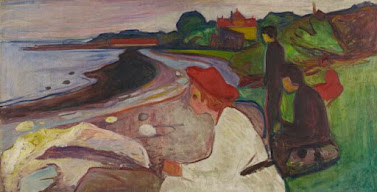

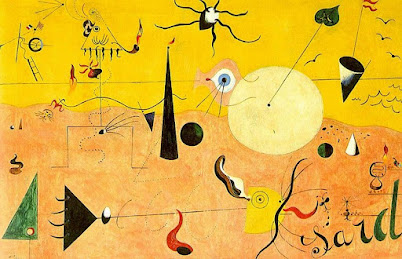



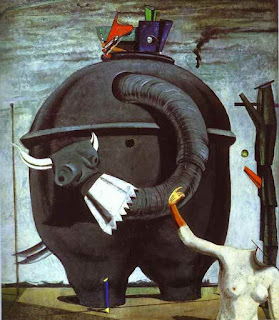










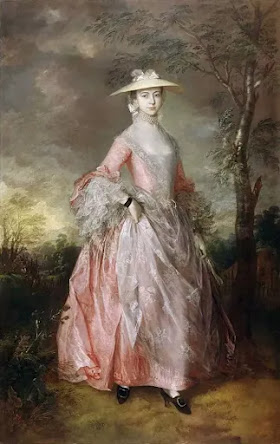





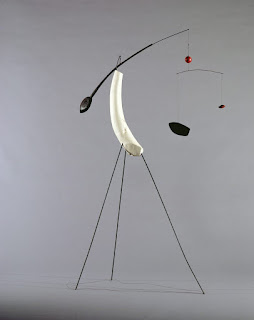
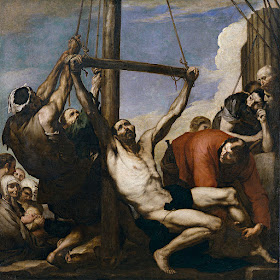





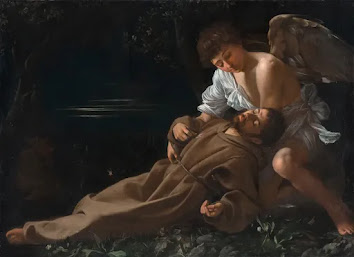

_and_Michiel_Pompe_van_Meerdervoort_(1638%E2%80%931653)_with_Their_Tutor_and_Coachman_(_Starting_for_the_Hunt_)_MET_DP146442%20(1).jpg)



.webp)
.webp)



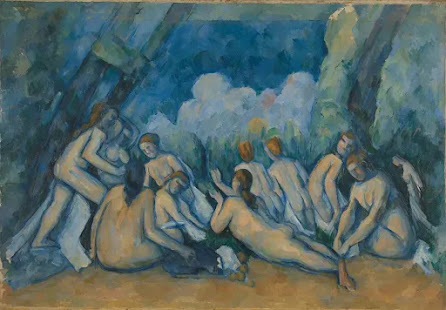
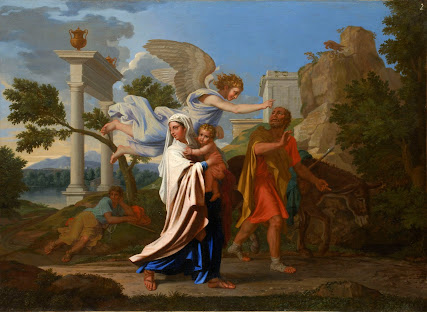

.jpg)



